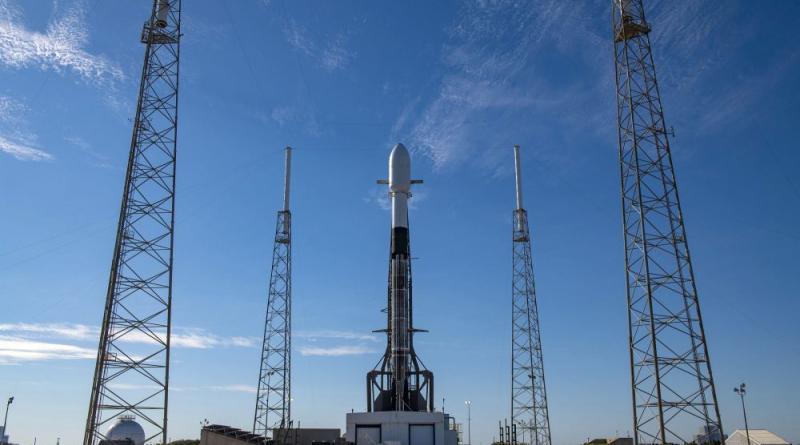GHGSat confirms successful launch of third satellite ‘Hugo’.

GHGSat, the global leader in high-resolution greenhouse gas monitoring from space, has successfully completed the launch of its third satellite, GHGSat-C2 (“Hugo”), which launched aboard a SpaceX Falcon 9 from Cape Canaveral Space Force Station this week.
The satellite, brokered and integrated via Nanoracks, separated from Falcon 9, 68 min after liftoff. Hugo is expected to enter commercial service within a few weeks.
Hugo is the result of GHGSat’s first collaboration with ABB, the engineering firm which manufactured the payload. Previous GHGSat satellite launches include technology demonstrator “Claire” (or GHGSat-D), which has been in orbit since 2016, and “Iris” (GHGSat-C1), which launched September 2nd, 2020.
Hugo is the second of a fleet of 10 commercial, high-resolution satellites due to be in orbit by the end of 2022. Each satellite is equipped with a state-of-the-art sensor that detects methane emissions from sources 100 times smaller, at a resolution that is 100 times higher, than any other commercial or state-funded satellite. Iris has already detected and quantified smaller plumes than GHGSat-D (“Claire”) for industries such as oil & gas, waste management, and mining.

Stephane Germain, CEO of GHGSat, said: “Hugo’s successful launch doubles our commercial capacity in orbit for performing high-resolution measurements of facility-level emissions. This launch starts the year on a high note as the next step in deploying our constellation.”
Three more GHGSat satellites are currently being manufactured, and each will include patented GHGSat sensors manufactured under contract by ABB Measurement & Analytics Canada.
Marc Corriveau, General Manager ABB Measurement & Analytics Canada said: “ABB is very pleased to support the rapid launch of Hugo, following the delivery of the first of many payload replicas under manufacturing. Experience gained in high-profile space programs like JPSS, Meteosat, MetOp, GOSAT, and SciSat allowed us to refine the unique GHGSat technology. These complementary missions are essential to better understand our planet and carry us into a sustainable future.”
For more information click here.
26 January 2021
Climate Action




